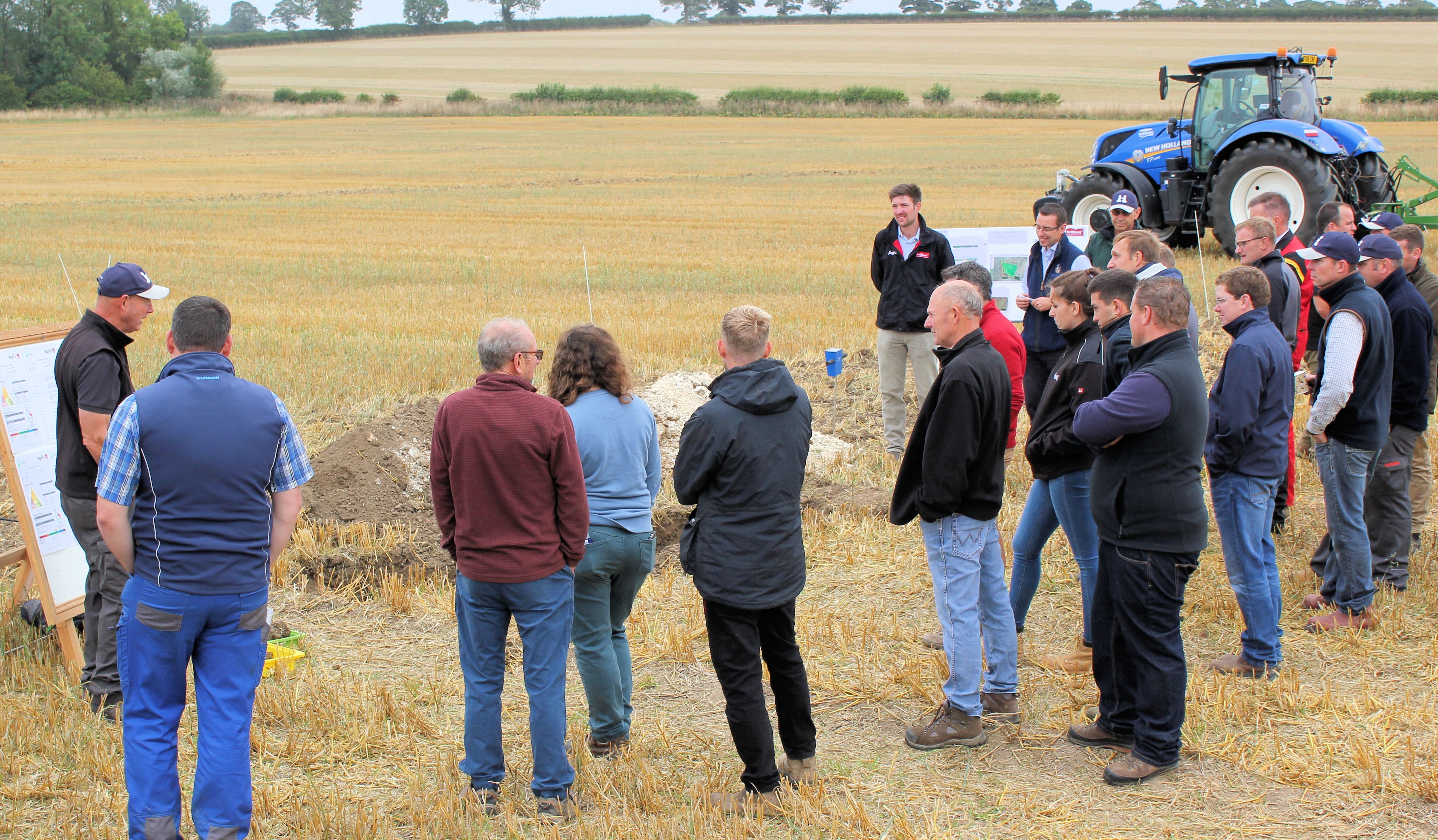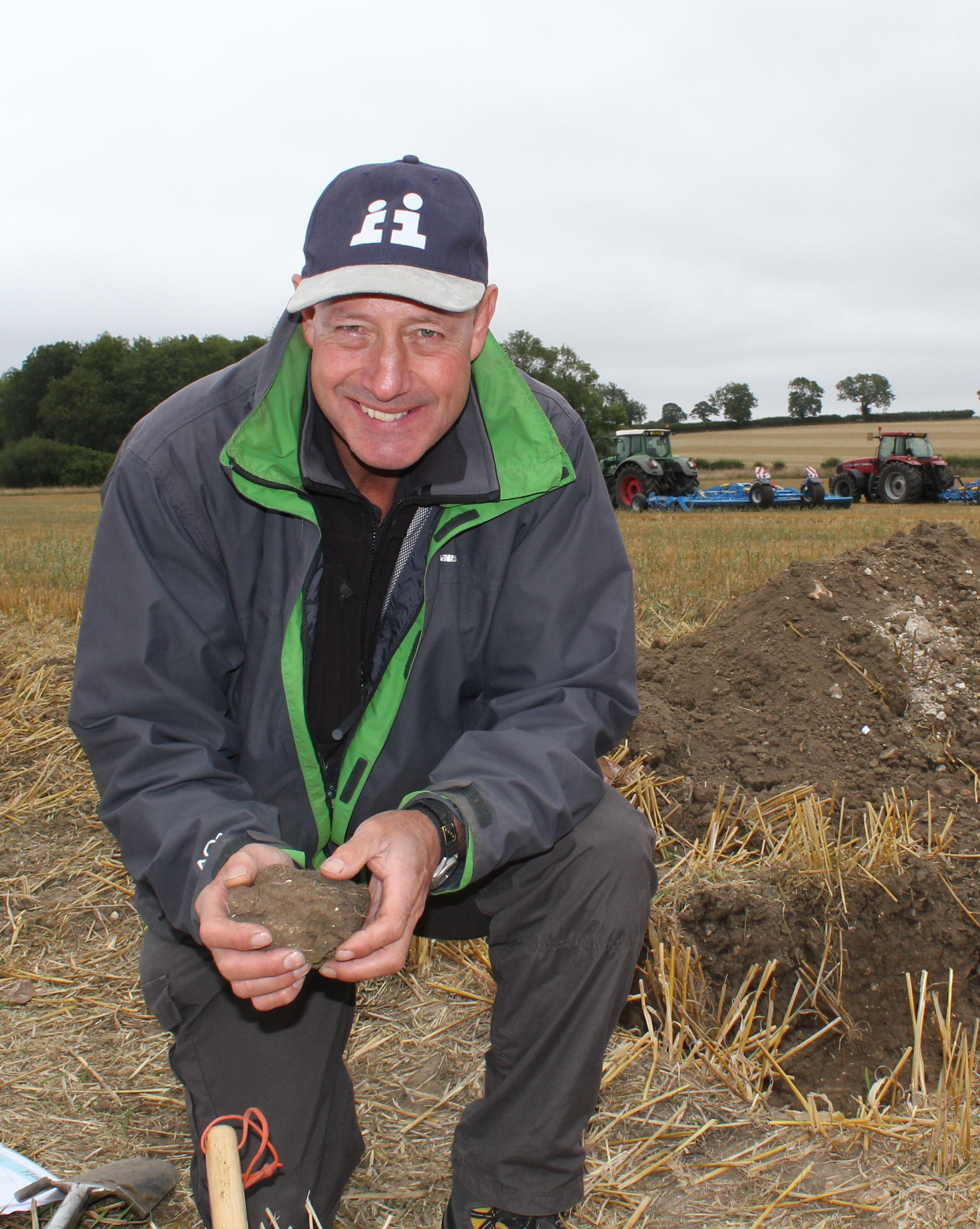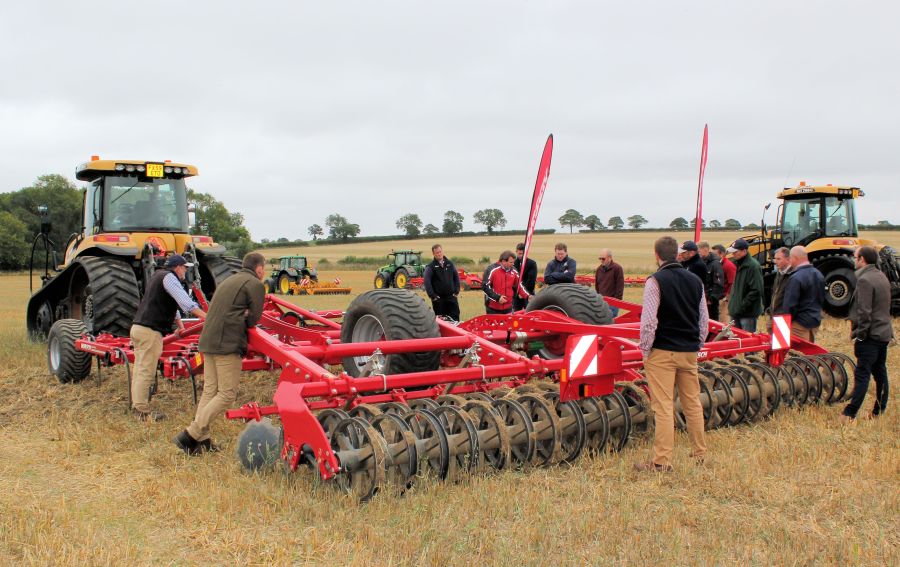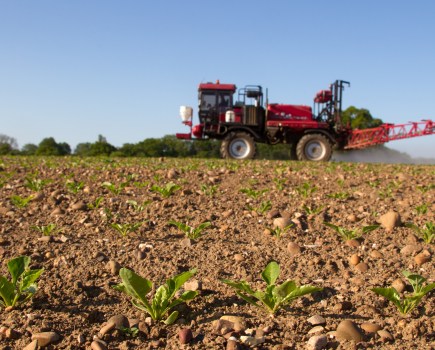Cultivations and soil health are inextricably linked but choosing the right cultivator for your land can be mind-boggling. CPM joins growers at a Lincs working demo day to find out why a good understanding of your soil is useful.
By Lucy de la Pasture
Understanding the subsoil is as important as understanding the condition of the topsoil to avoid doing more harm than good, even with the shallowest of tillage. That was the key message at a recent Revesby Farms/Agrii cultivations practice day in Lincs.
The event featured working demonstrations of 18 different cultivators from a dozen leading manufacturers on the Wiggins-Davies’ estate near Horncastle. Independent soils and tillage specialist, Philip Wright says the bewildering range of tine, disc and packer combinations now available makes choosing the right machinery for the farm especially important.
“The tilt and spacing of tines and the width and design of their points on the one hand; and the type, size, shape, tilt and sweep angles of discs on the other, all make a major difference to the extent, type and depth of soil movement,” he points out.

The event gave growers the opportunity to assess 18 different cultivators working the oat stubble at Revesby Estates.
“So choosing the best cultivator for your farm and operating it correctly depends on knowing your ground and what it needs each season to set it up for drilling. Otherwise, regardless of the drill you have, you can all too easily make it difficult to get your crops in and away evenly and reliably.”
Soil texture
“There’s absolutely nothing you can do to change the texture of your soil – its balance of sand, silt and clay – and very little short-term effect you can have on its organic matter content,” adds Agrii regional technical adviser, David Felce. “So the whole point of cultivating is to achieve the best balance between the other 50% of your soil that is air and water.
“This is critical for both the establishment of your crops and their resilience in coping with the sort of climatic extremes we seem to be seeing far more of these days. It’s important to remove any compaction that will impede drainage and rooting, while creating a seedbed that makes the most of your drill.

David Felce explains the type of subsoil needs to be taken in to account as well as soil texture when considering how a soil should be best worked.
But in doing this, you must avoid over-cultivation which is easy to do even with minimal tillage regimes, he stresses. David insists that all the soil mapping and analysis in the world is only of value if you understand what lies beneath the ground. He illustrates this using SoilQuest laser texturing data from the event field and some of his own arable ground at Midloe Grange Farm near Huntingdon.
Both have quite similar contents of sand, silt and clay at around 25%, 55% and 20% respectively. But while the soil at Revesby sits on chalk, his own is over chalky boulder clay which means they behave very differently and have quite different cultivation requirements.
Importance of subsoil
“You need to dig a hole to see exactly what you’re working with,” he suggests. “Digging into the Revesby spring oat stubble shows we have a nicely structured soil with no restrictions to rooting right down to the chalk which provides such a good reservoir of moisture. So we only need the bare minimum of surface cultivation, if any, to set it up for drilling.
“The worst thing we could do here is over-work the ground. Its lack of clay content means that too much tillage will only serve to increase compaction from traffic and make it more vulnerable to slumping and tightening with rain ahead of the planned late Oct-drilled wheat. And if the autumn turns really wet this could seriously get in the way of drilling.
“In contrast, we often need to target our cultivations at home on the silt that washes down and builds-up in a layer above our boulder clay to ensure the best drainage and access for rooting,” says David.
SUBHEAD
Revesby soil management
At Revesby, six years of consistent soil health and structural improvement have enabled estate manager, Peter Cartwright to progressively reduce the scale and depth of cultivation across the 1220ha arable business. So much so that a set of points on the primary Horsch Terrano cultivator now goes 50% further than in the past.
PICTURE 4
Peter is finding increasing areas of the estate requiring little, if any, cultivation. As part of their move into a 10m controlled traffic farming system (CTF), the estate has invested in a Horsch Sprinter 10W drill with low disturbance coulters and the ability to direct drill or work in a wide range of soil conditions.
“Six years ago I’d have dismissed the idea of CTF here out of hand, but now it’s the logical next step to build-on our soil improvement efforts by minimising trafficking. So we’re looking for a 10m cultivator, able to work much shallower than the Terrano, to set up our ground for the pre-planting glyphosate and late-Oct drilling that’s such an important part of our integrated blackgrass management regime.
“Effective re-consolidation of the surface with the best weather-proofing is a key consideration for us, especially on our heavier ground. Getting a good level surface for the Sprinter to drill into without interfering with the soil structure we’ve built-up beneath is also a particular priority.
“Because we’re far from CTF purists, we’ll be keeping on our 6m Terrano so we continue to have the ability to cultivate at greater depth and more thoroughly wherever we need to in our rotation. Getting the right degree of cultivation has to be our priority,” comments Peter.




